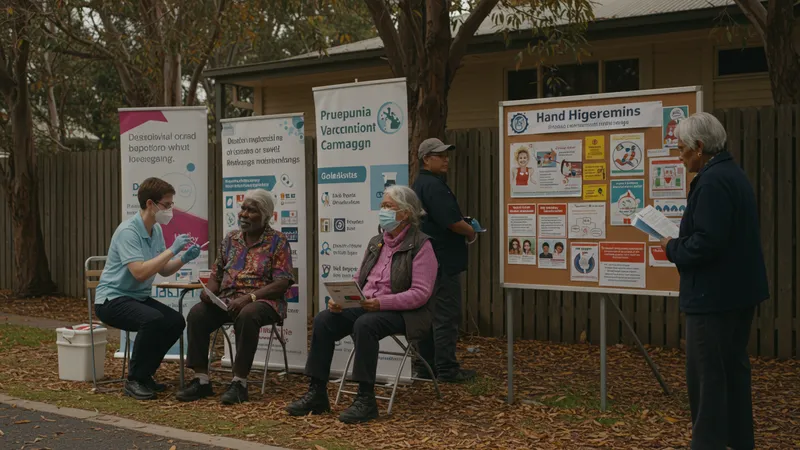
Understanding Swnior Pneumonia: Risks And Care
Prevention Strategies Tailored to Australian Seniors
Successful pneumonia prevention in Australian seniors hinges on structured, multi-component programs. The national pneumonia vaccine schedule remains central, offering routine immunisation from the age of 70, and earlier for adults with defined chronic conditions. Health authorities continually update guidance to match circulating strains, and local councils run public campaigns every autumn to drive uptake. In addition, outbreak management plans for residential facilities emphasise hand hygiene, visitor protocols, and rapid response to suspected cases.

Education is another front line in the fight against pneumonia. Initiatives like My Aged Care and Healthdirect provide seniors and caregivers with easy-to-understand materials on symptom recognition and infection control. Culturally appropriate outreach, delivered in several languages and through community leaders, targets at-risk populations such as Indigenous Australians and recent migrants—reducing gaps in knowledge and vaccination coverage.
Telehealth breakthroughs introduced during the pandemic have allowed clinicians to monitor high-risk seniors remotely, catching respiratory symptoms earlier while reducing unnecessary hospital visits. Government-subsidised services now cover remote consultations and follow-ups, making medical review accessible to isolated seniors and those in remote communities. This approach accelerates interventions and minimises delays in starting treatment for suspected pneumonia.
Finally, nutrition and oral health interventions are gaining momentum in Australian long-term care. Regular mouth care, assessment for dysphagia, and tailored dietary support have demonstrated reduced pneumonia incidence in care trials. Progressive aged care homes have adopted these models, with staff coaching and resources allocated to ensure consistent delivery. The next frontier involves integrating pharmacy and allied health into routine care planning for seniors at heightened risk.